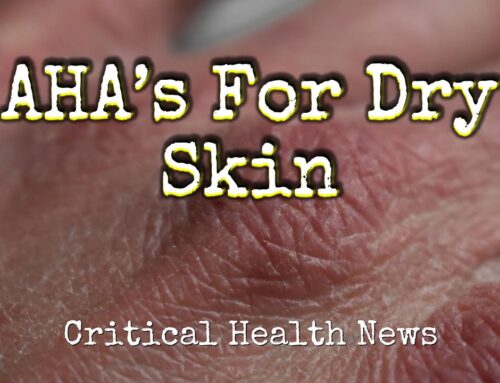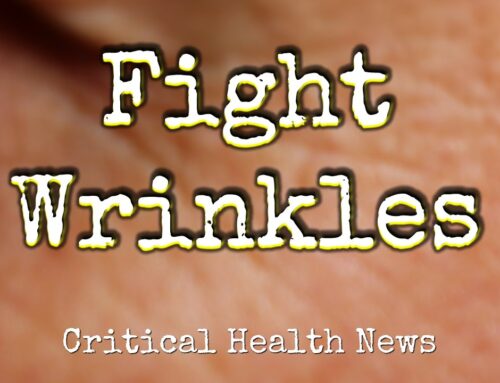One of the most highly prized ingredients in the cosmetic business is hyaluronic acid or H.A., a sugar amino acid molecule that can trap large amounts of water. This moisture absorbing property, which the body uses to keep joints, internal organs and tissues, as well as the skin hydrated, has made H.A. a valuable commodity in the world of skincare.
As recently as 30 years ago, use of hyaluronic acid was restricted to the most expensive beauty products, as it was only obtainable from animals. The most common source was rooster combs, which are mostly made up of a hygroscopic or water absorbing molecule. Recently, via genetic technology, hyaluronic acid has become more readily available, even though it’s still pricey at around $1,000 a pound.
Unfortunately, while H.A.’s moisture trapping properties are significant (a teaspoon of the powder can hold up to a gallon of water), it’s a really large molecule and it’s topical effects are limited to superficial softening of the skin surface, which is composed of hard dead cells.
The best way to take advantage of hyaluronic acids moisturizing effects is to take it orally, maybe 200 to 400 milligrams a day, where it can truly help hydrate the skin from the inside out. You’ll also get benefits for your joints and connective tissue. H.A. supplements have been shown to improve wound healing, bone growth and maybe even support the health and hydration of the eyes, which are largely composed of hyaluronic acid.










